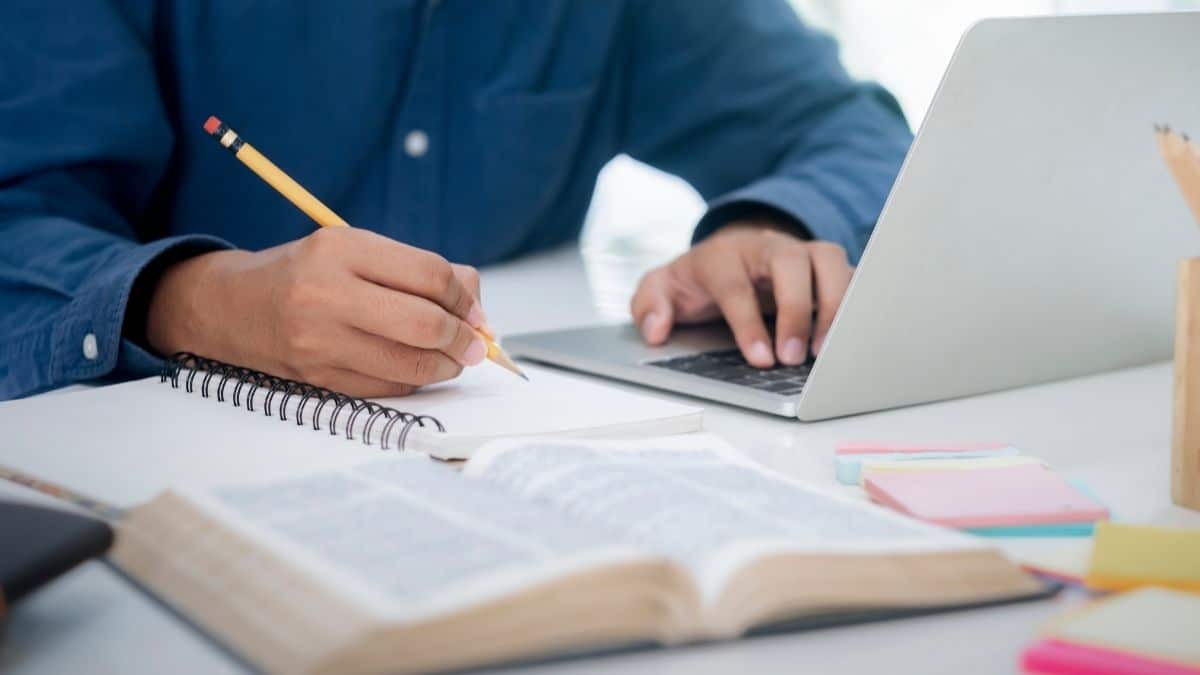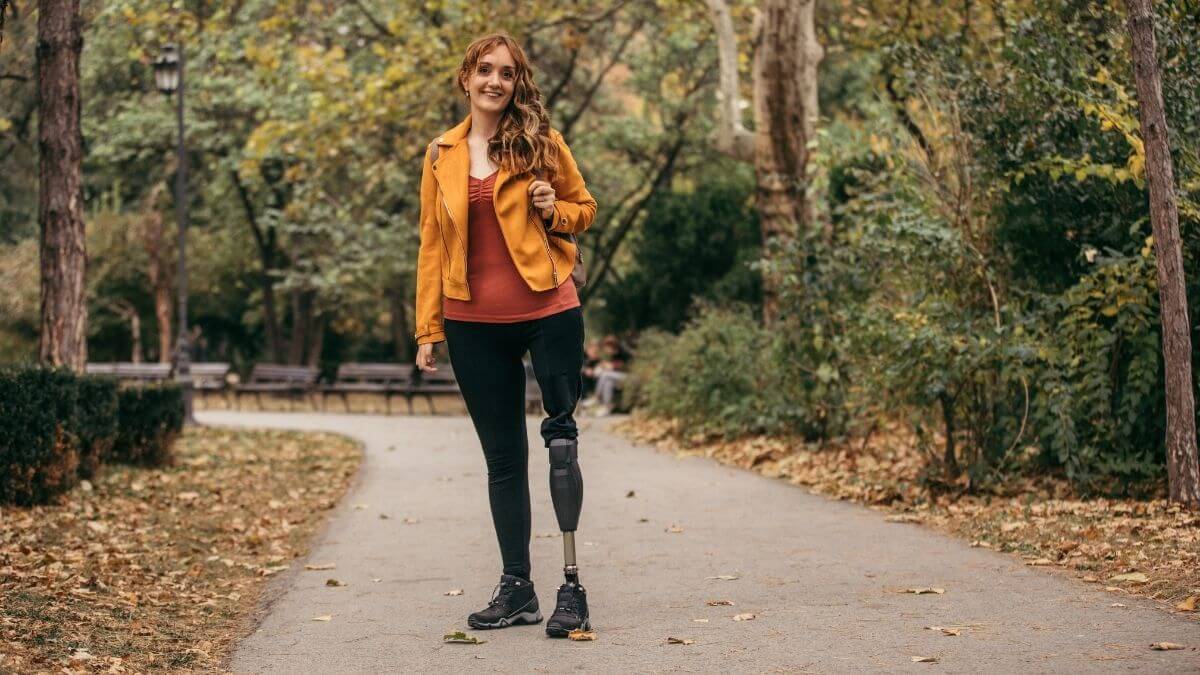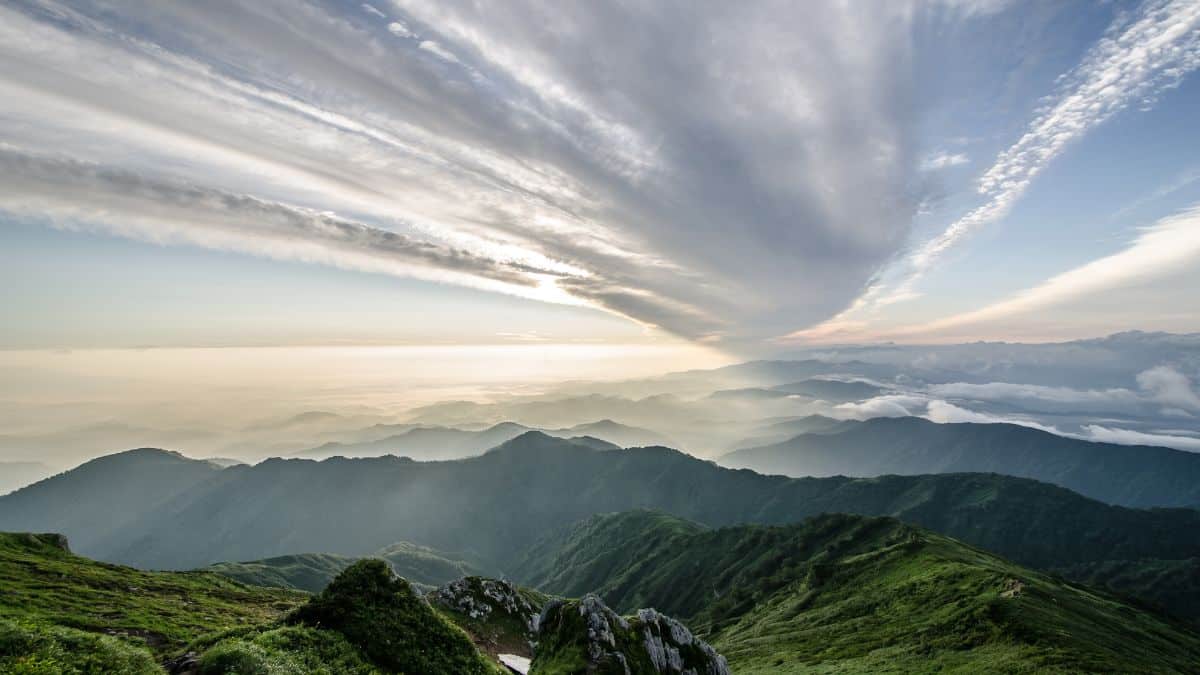Students need to learn how to become active participants in online learning communities if they are to achieve the desired learning outcomes. But students come to online education with different experiences, competencies, and mindsets. This activity helps students work together to determine the elements of good conduct in an online community and to establish group norms and expected behaviours. It also helps students reflect on the roles they play in online learning communities and gives them experience of using collaborative tools.
LEARNING OUTCOMES
On completing this activity, students will:
- Understand the meaning and value of active participation in a digital, online learning community.
- Come to a collective agreement on how they will become active participants and the norms and behaviours of participation in their group.
- Understand they have a shared responsibility in online learning.
- Understand the roles they play in a learning community.
- Have experience of co-writing a digital document that collates their knowledge and records their decisions.
HOW TO DELIVER THIS ACTIVITY
The activity asks students to co-write a paper entitled ‘The good points about participation in online teaching.’ In so doing they must work together to develop a mutual understanding of their own and each other’s roles and responsibilities as participants in an online learning community.
BEFORE THE ACTIVITY
- Provide the context for this activity to the students, explaining why it is necessary, the learning goal and the process.
- Select and give students access to an online bulletin board that will facilitate the task orally and in writing. In this example, we recommend using Padlet.
- Ask students to confirm they have access to Padlet before the activity begins.
THE ACTIVITY: STEP BY STEP
Step 1
Step 2
- Brainstorm tasks;
- Make suggestions for what should be included in the working paper;
- Give feedback on another group's suggestions;
- Receive feedback from another group;
- Adjust the working paper based on the feedback received.
Step 3
Step 4
- Put structure on the working paper;
- Evaluate the paper with feedback from another group;
- Adjust the working paper;
- Apply a template to the working paper that highlights the key elements.
Step 5
After the activity
- Create an overview of the students' work ensuring that their contributions are visible.
- Share the working paper among the students so that it can be used as a reference document for future work.
EDUCATOR TO-DO
- Create a Padlet and a working document for collaboration e.g., Google Docs or a document shared via Teams. Share the links with your students.
- Prepare a discussion that focuses on students’ experiences of digital learning communities. Here are some suggested prompts: ‘What are your experiences with digital learning communities?’, ‘What have you tried before?’, ‘What was your best experience?’, ‘What was your worst experience?’, ‘What are their proposals for a joint working paper?’
DESIGNED BY
Lisbeth Ramsgaard Carlsen, Søren Elle, Karen Harbo, Pernille Holm Lindhardt, AU Library, Denmark.





























